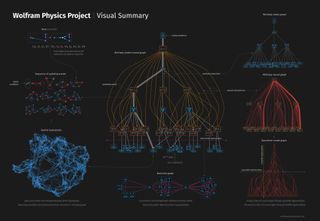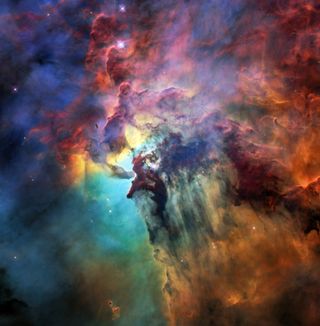Big Bang Theory: The latest science and discoveries
Latest about big bang theory
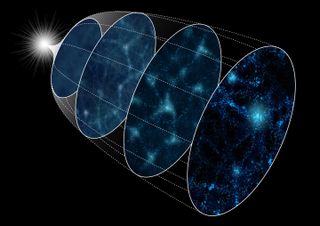
Cosmologists create 4,000 virtual universes to solve Big Bang mystery
By Stephanie Pappas published
Cosmologists simulated 4,000 versions of the universe in order to understand what its structure today tells us about its origins.
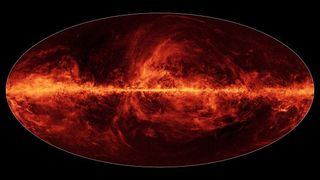
Twisted light from the beginning of time could reveal brand-new physics
By Mara Johnson-Groh published
A new study on the rotation of the universe's first light could suggest physicists need new rule-breaking subatomic particles
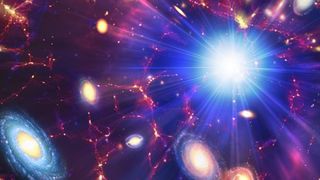
Mysterious 'kick' just after the Big Bang may have created dark matter
By Paul Sutter published
A mysterious "kick" in the early universe may have produced more matter than antimatter. And that imbalance may have also led to the creation of dark matter, researchers now say.
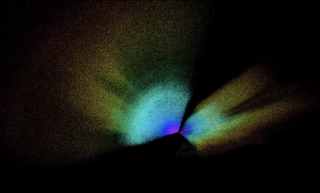
Astronomers reevaluate the age of the universe
By Chelsea Gohd published
Scientists have taken a fresh look at the observable (expanding) universe and have estimated that it is 13.77 billion years old (plus or minus 40 million years).
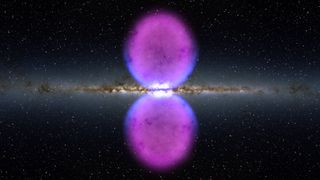
Dark matter hunter who found unexpected, giant 'Fermi bubbles' wins $100,000 physics prize
By Rafi Letzter published
Tracy Slatyer, known for hunting dark matter in our galaxy and discovering evidence of an ancient Milky Way explosion, has won a $100,000 prize funded by tech billionaires.
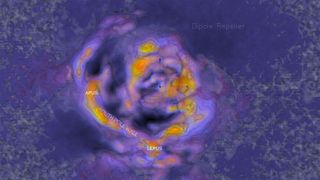
Astronomers discover South Pole Wall, a gigantic structure stretching 1.4 billion light-years across
By Adam Mann published
Strands in the intergalactic web
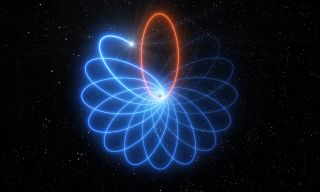
What's the most amazing thing about the universe?
By Paul Sutter published
A few scant equations can explain a variety of phenomena in our universe, over vast gulfs of space and time. Here's a taste of just how powerful modern physics can be.
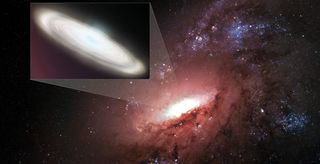
'Standard model' of cosmology called into question by new measurements
By Chelsea Gohd published
Breaking space news, the latest updates on rocket launches, skywatching events and more!
